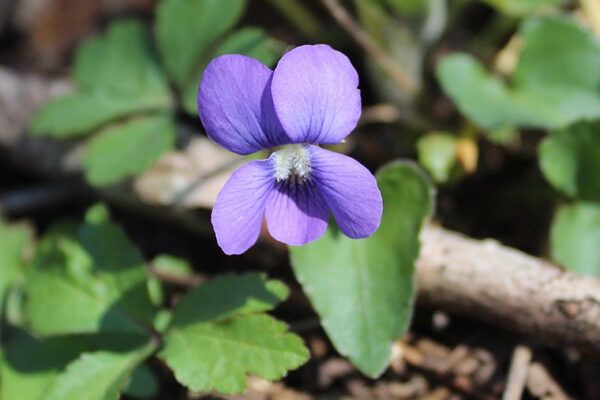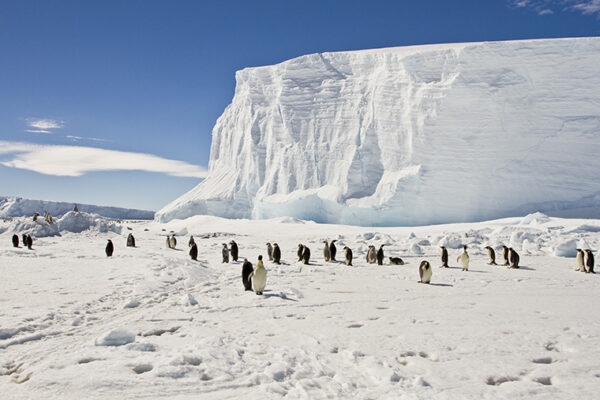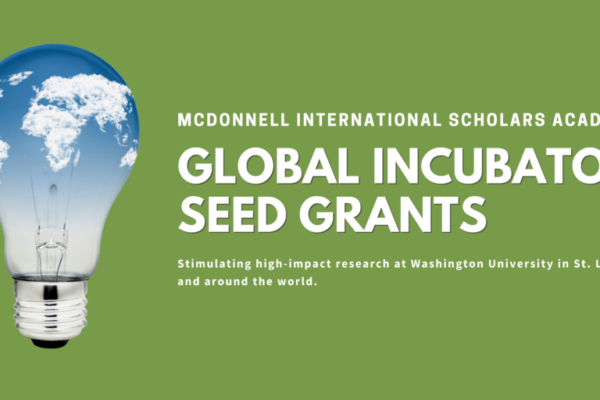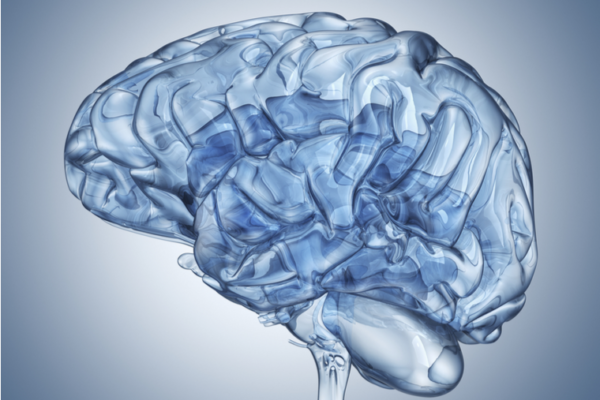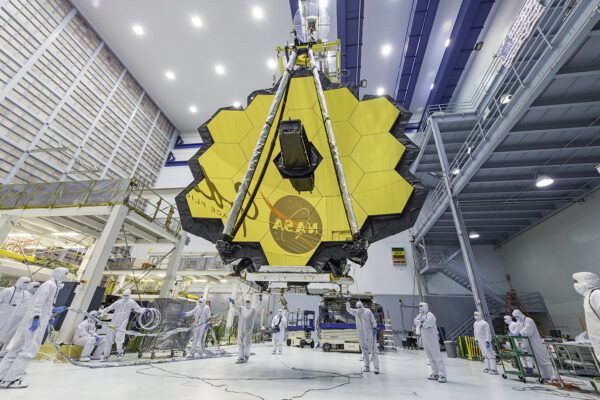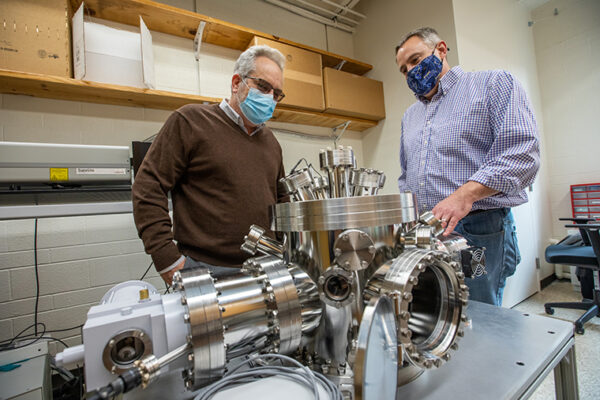Climate change is affecting when, how violets reproduce
Living Earth Collaborative postdoctoral fellow Matthew Austin published new research finding that climate change is affecting how violets reproduce.
Geoscientists to study structure and properties of Antarctic lithosphere
Geoscientists Walid Ben Mansour and Douglas A. Wiens in Arts & Sciences received a grant from the National Science Foundation to determine the thermal and compositional structure of Antarctica using seismic, gravity and topography data and petrological modeling.
WashU Expert: Ethics of sentient AI
Yevgeniy Vorobeychik says discussions about AI sentience are, and always will be, misguided.
Bai, Nagulu, Zhang receive collaboration grants
Peng Bai, Aravind Nagulu and Ning Zhang, all assistant professors at the McKelvey School of Engineering, have been awarded $25,000 Collaboration Initiation Grants from the school.
Asteroid samples offer insights into solar system evolution
Alex Meshik, research professor of physics and a faculty fellow in the McDonnell Center for the Space Sciences in Arts & Sciences, won a $690,521 NASA grant.
Seed grant proposals sought
The McDonnell International Scholars Academy seeks proposals for its second cycle of Global Incubator Seed Grants. The submission deadline is Aug. 15.
OHMB recognizes Barch with Glass Brain Award
The Organization for Human Brain Mapping has awarded its Glass Brain Award to Deanna Barch, of Arts & Sciences and the School of Medicine, in recognition of her influential work on the function of the human brain.
Interlocking rings unlock new material properties
Researchers working with Jonathan Barnes, assistant professor of chemistry in Arts & Sciences, published new research showing how molecules with interlocking ring architectures can be functionalized and incorporated into three-dimensional polymer networks and materials.
Distance learning
Planetary scientist Paul Byrne explains why you should be impressed by the James Webb Space Telescope.
Guts and stardust
Kevin McKeegan, who earned his PhD in physics in Arts & Sciences in 1987, has had a storied career measuring the tiniest particles of the solar system.
Older Stories
